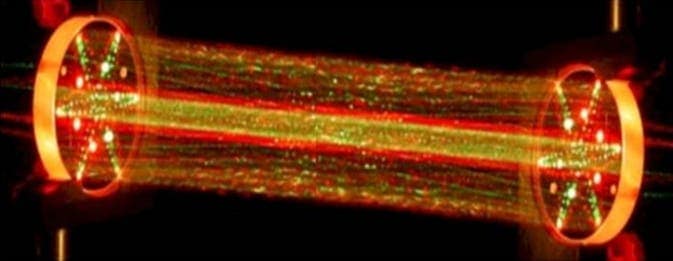
It’s been a while since we posted something about the Curiosity rover – now, Curiosity has reported that the Martian atmosphere lacks methane. This is a surprise to researchers because previous data seemed to indicate the contrary.
The 4 wheel laboratory conducted extensive tests for traces of Martian methane, and the results were conclusive; the existence of methane would be a good indication of life on Mars, though it can be produced without life, and life can also exist without producing it.
“This important result will help direct our efforts to examine the possibility of life on Mars,” said Michael Meyer, NASA’s lead scientist for Mars exploration. “It reduces the probability of current methane-producing Martian microbes, but this addresses only one type of microbial metabolism. As we know, there are many types of terrestrial microbes that don’t generate methane.”
Curiosity samples the Martian atmosphere for methane 6 times, and given the sensibility of the device, NASA researchers estimate that the amount of methane in the Martian atmosphere today must be no more than 1.3 parts per billion.
“It would have been exciting to find methane, but we have high confidence in our measurements, and the progress in expanding knowledge is what’s really important,” said the report’s lead author, Chris Webster of NASA’s Jet Propulsion Laboratory in Pasadena, Calif. “We measured repeatedly from Martian spring to late summer, but with no detection of methane.”
The highest concentration detected by Curiosity suggests that methane enters the Martian atmosphere 50 million times less than the rate of methane entering Earth’s atmosphere. This is also suggestive because if methane existed in the past on Mars, it would also probably be there now.
“There’s no known way for methane to disappear quickly from the atmosphere,” said one of the paper’s co-authors, Sushil Atreya of the University of Michigan, Ann Arbor. “Methane is persistent. It would last for hundreds of years in the Martian atmosphere. Without a way to take it out of the atmosphere quicker, our measurements indicate there cannot be much methane being put into the atmosphere by any mechanism, whether biology, geology, or by ultraviolet degradation of organics delivered by the fall of meteorites or interplanetary dust particles.
Via NASA.






